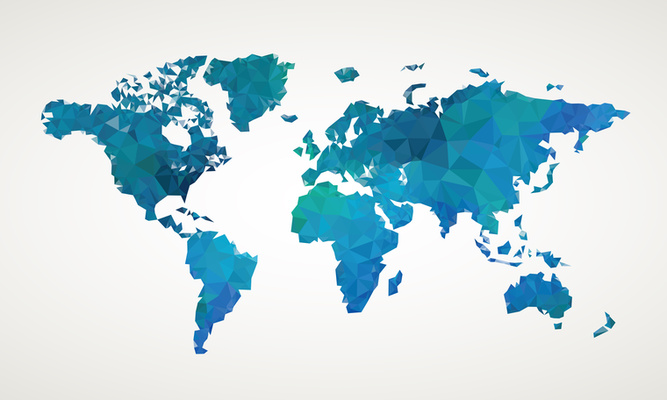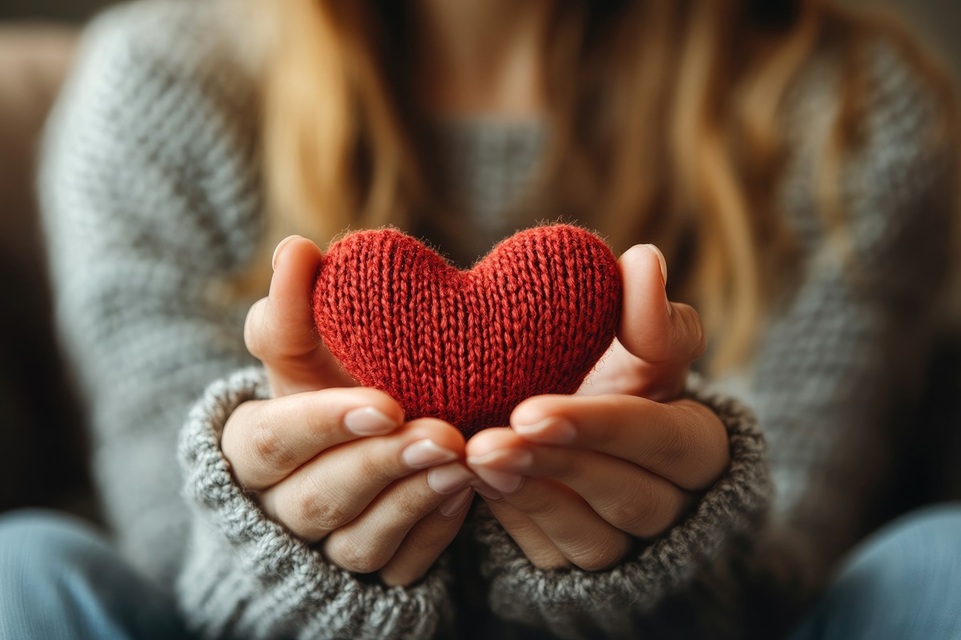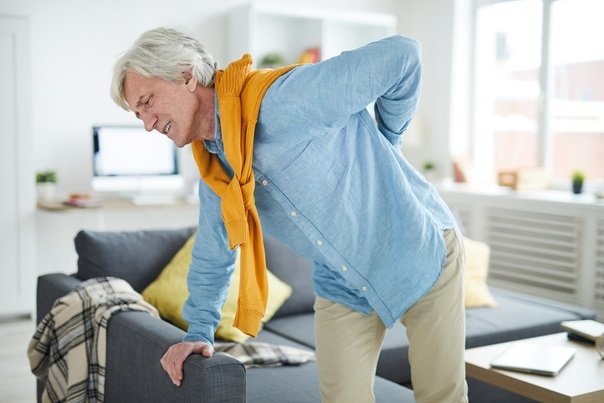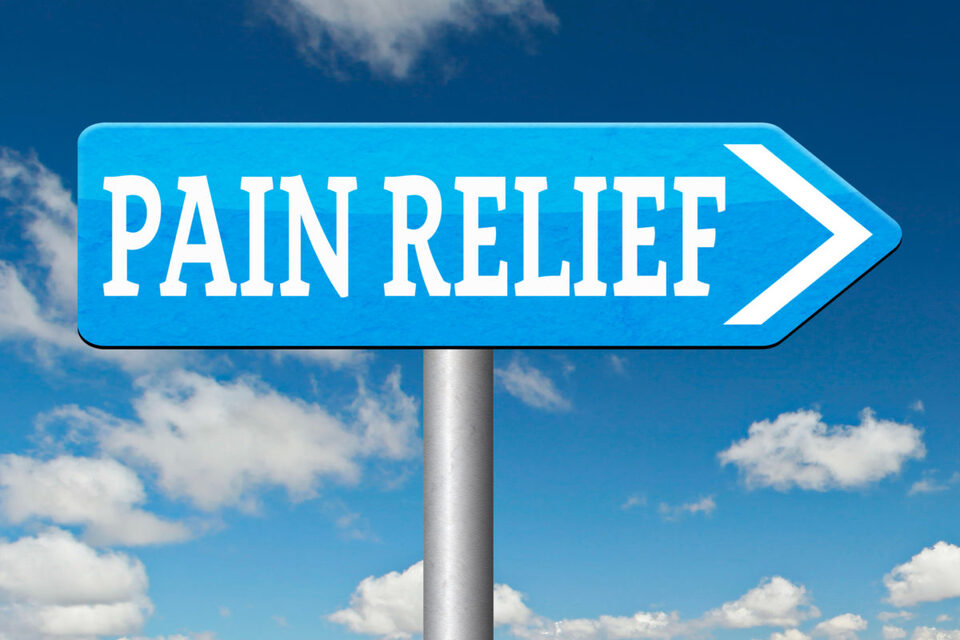
The United States has 5% of the world’s population and uses 80% of the world’s prescription opioids. What’s up with that? And how do other countries treat pain?
The opioid epidemic has wreaked havoc in the United States, but have you ever wondered if the same is true in other countries? Researchers in the Netherlands set out to answer that question, designing a study that analyzed opioid use and related adverse effects in 19 European countries between 2010 and 2018. They found that “Apart from the British Isles and especially Scotland, there is no indication of an opioid crisis comparable to that in the US in the 19 European countries that were part of this study.”
Why are European countries using less opioids?
In an article that appeared in The Lancet on October 22,2022, study authors presented several hypotheses as to why the opioid epidemic is not widespread throughout Europe:
- “Universal health care has been a major factor in preventing an opioid crisis of US proportions across Europe for several reasons. First, universal health care provides access to appropriate care without high costs for the individual. This ensures that people never have to choose between high-cost (appropriate) care or cheaper (less appropriate) care such as, for example, a hip or knee replacement instead of chronic pain management with opioid painkillers.”
- “Second, European health-care systems are much more centralised than in the USA. In many European countries, general practitioners (GPs) are central to health care, important gate keepers to specialist care, and integrate all patient care. GPs thereby minimise fragmentation of care, resulting in fewer solitary sources of prescription opioids, subsequently preventing opioid diversion, development of iatrogenic opioid disorders, and opioid overdose deaths from prescription opioids. For example, 80% of opioids in the Netherlands are prescribed by a GP. In contrast, primary care physicians in the USA account for only a third of all opioid prescriptions.”
- “Third, evidence-based addiction care covered by health insurance (including opioid substitution treatment) is more widely available in European countries than in the USA.”
What can we learn from other countries?
In 2018, Dr. Marcia Ory, co-chair of Texas A&M’s School of Public Health Opioid Task Force , answered this question in an article entitled What the US can learn from other countries in dealing with pain and the opioid crisis. In it, she said, “To me, it seems like most countries need to find a happy balance between the American attitude that all pain needs to be cured – and the ethos in other countries that pain is to be endured.”
She lists two reasons that may explain the worldwide differences in pain management strategies:
- “First, while pain is universal, pain is fundamentally a subjective phenomenon. People from different countries experience pain differently, based on traditional beliefs rooted in social and cultural values.”
- “Secondly, many countries have much stricter regulations than the U.S. regarding when opioids may and should be prescribed.”
Ory cited a 2017 study in which 34.1 percent of Americans said that they experienced pain “often” or “very often.” That was the highest percentage reported among the 30 countries included in the study. (Editor’s note: In a Harris Poll in 2021, 56% of Americans reported they experience chronic pain). Ory also referenced the International Narcotics Control Board’s 2016 report which found that the U.S. has the highest level of daily doses of narcotics per million inhabitants per day—47,580 per million per day. For comparison purposes, Japan was on the other end of the spectrum, reporting just 1,223 per million per day. That number is especially significant given the fact that 17.5 percent of Japanese people reported experiencing pain “often” or “very often.”
According to Ory, Japanese health care providers often recommend acupressure, massage, and relaxation techniques instead of opioids as a first-line treatment for chronic pain. The Japanese also have a different perspective on pain, viewing it more as something that needs to be endured. In the Japanese language, the word gaman means to “endure, accept the pain, don't complain.”
Ory also pointed out that European countries had much stricter regulations in place than in the United States and that opioids were “dispensed by specialists and more tightly regulated, including restrictions on advertisements.” She also noted that Europeans were more likely to embrace the of use complementary and alternative medicine to treat pain.
To learn more, The Alternative Pain Treatment Directory reached out to Dr. Ory. She is a Regents and Distinguished Professor and Associate Vice President for Strategic Partnerships and Initiatives at Texas A&M University.
Can you share with us more of what you have learned with regard to pain management in other countries?
I think what’s important when you look at pain and pain management strategies is that you look at cultures and how people perceive pain. That’s different in the U.S., and it’s different across the world. You then need to look at the availability of medications. Some countries just don’t have pain medicine even for things like extreme terminal bone cancer. Some countries don’t have access or affordability, or they believe that pain is something that needs to be endured.
In your article, you mentioned that Europe benefited from strict opioid regulations. Can you elaborate?
If you think about western Europe, traditionally they have had less of a problem with opioids because they had more restrictions on the front end and more monitoring. At the time I wrote the article, there were much less problems in other European countries than there were in the U.S. That’s because in the U.S., it was just the wild, wild west. If you were a kid and came in to get your tooth pulled, you would get a two-week supply of opioids. Now, my dentist will say that two Tylenol or two Advil will deal with tooth pain in the exact same way as opioids.
For someone who got the two-week supply and took them every day, that could have been the start of building up dependence, tolerance, and addiction. The good news is that doctors no longer pass out opioids for conditions that they used to. (Editor’s note: a 2020 NPR report disagrees with Dr. Ory. They found that U.S. doctors and dentists continue to write excessive amounts of new opioid prescriptions.)
In other countries, it may have been that if you went to the dentist to get your tooth pulled, they may have given you an ice pack and over-the-counter anti-inflammatories. That’s how you keep the problem from starting--by recognizing what is appropriate pain management. It’s not the availability of pain medication. It’s the policies around the distribution.
In your opinion, what led to the opioid epidemic in the United States?
Doctors were told that the pills were safe and non-addictive, and what does a health care provider want to do? They want to have people be healthy and not have pain. They were told falsely in the 80s and 90s that this was a magic drug that would relieve pain and not cause addiction, and that’s why there were so many prescriptions. Now we know that opioids have a short life toward dependency and addiction, but at that point, doctors who were prescribing weren’t told that.
Why do you think that didn’t happen in Europe and other countries?
I think it’s because—and this is just a think and not evidence—doctors in the U.S. are more individualistic about what they can do. They had the general norm of do no harm and help people, and they didn’t think it was harmful. They had insurance companies paying. So, they had people with pain and availability of drugs and payment for drugs. My sense is that those three factors didn’t line up in other countries. Now that people understand that there is an opioid crisis, my guess is that just like in the U.S., these countries will be even more cautious.
Countries also have different norms regarding clinical practice. I don’t think there is a consistent norm. In most parts of the world, the problem is not too much pain medication. In most parts of the world, the problem is too little. Again, it’s country by country. It’s the sense of what pain means. Cultures differ, and clinical practices differ, and if you don’t have availability of the drugs, you are more likely to think of pain as something you can live with. It’s that attitude and perception of what pain is, how much a person can tolerate, and the availability of drugs. In the U.S., the bar was low. Any pain real or perceived was assumed to be treatable.
Can you give us an example?
Women all over the world have childbirth without pain medication. It’s in the U.S. where only a small proportion of people want to have childbirth without pain medicine. Again, it’s about the assumption of what pain means and what can be tolerated for what period of time.
What are your observations on how pain is being treated in the United States today?
There is a growing specialty of doctors who are pain management doctors. The idea is that opioids should not be the first line of treatment and that there are many other treatments that might be effective. There are all sorts of cognitive therapies to help patients deal with the pain and refocus the pain. There are things like yoga and physical activity for joint pain.
We now have other possibilities—for example marijuana. The person who might have had opioids now might have the choice of having medical marijuana. But, drugs are never a total panacea. They always come with potential side effects whether we are talking about opioids, marijuana, or even an aspirin or Advil. The importance is to recognize what the side effects are of any therapeutic treatment. You have to manage the condition as well as manage the medication.
Since I wrote that article, there has been greater recognition that there are a variety of pain management strategies and that you should always try the least invasive first. But, if those don’t work, we should be ready to give relief to an 80 or 90-year-old person in severe pain. And then monitor them and see how they are doing.
Almost no one can use opioids safely in the long haul, and the nature of the drug is that you will become addicted. The issue is that if you are 85 and have bone cancer, does it matter? Who cares if you are addicted at age 85 for the last three months of your life? Palliative care has come in to recognizing that there are certain circumstances where pain relief is more important than becoming addicted.
During your research, did you find that doctors in other countries are more likely to recommend alternative treatments for pain management?
Absolutely. Other countries are more into what we call integrative medicine which used to be called complementary and alternative medicine. They will try acupuncture, they will try yoga, they will try water therapies. Traditionally, other counties have a wider inventory of pain management strategies. That’s the silver lining of the opioid crisis. People in the U.S. are now recognizing that there is a wider range of pain management strategies and that you don’t go to opioids first.
Do you have any final thoughts?
I will just summarize by saying that pain management is going to be different in every country because of the definition of pain, the recognition of pain, the assumption of how much pain can be tolerated, the policies which impact both the availability and cost of opioids, and the recognition and availability of a whole wide range of pain management strategies. There will always be people with pain, and there will always be a response. It’s not static, and that response will change according to what we know about the intended and unintended consequences of every single therapeutic approach.
Christine Graf is a freelance writer who lives in Ballston Lake, New York. She is a regular contributor to several publications and has written extensively about health, mental health, and entrepreneurship.
Related Articles
Best Treatments for Acute Pain and Pain Flares
Don't Agoniza, Mobilize for Pain Relief
Five Reasons Your Pain Meds Might Not Be Helping As Much As You Think
The Pain Patients Most Likely to Overdose on Opioids
Switching from Pharmaceuticals to Medical Marijuana
Products You Might Like













Comments